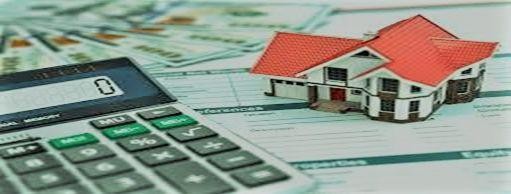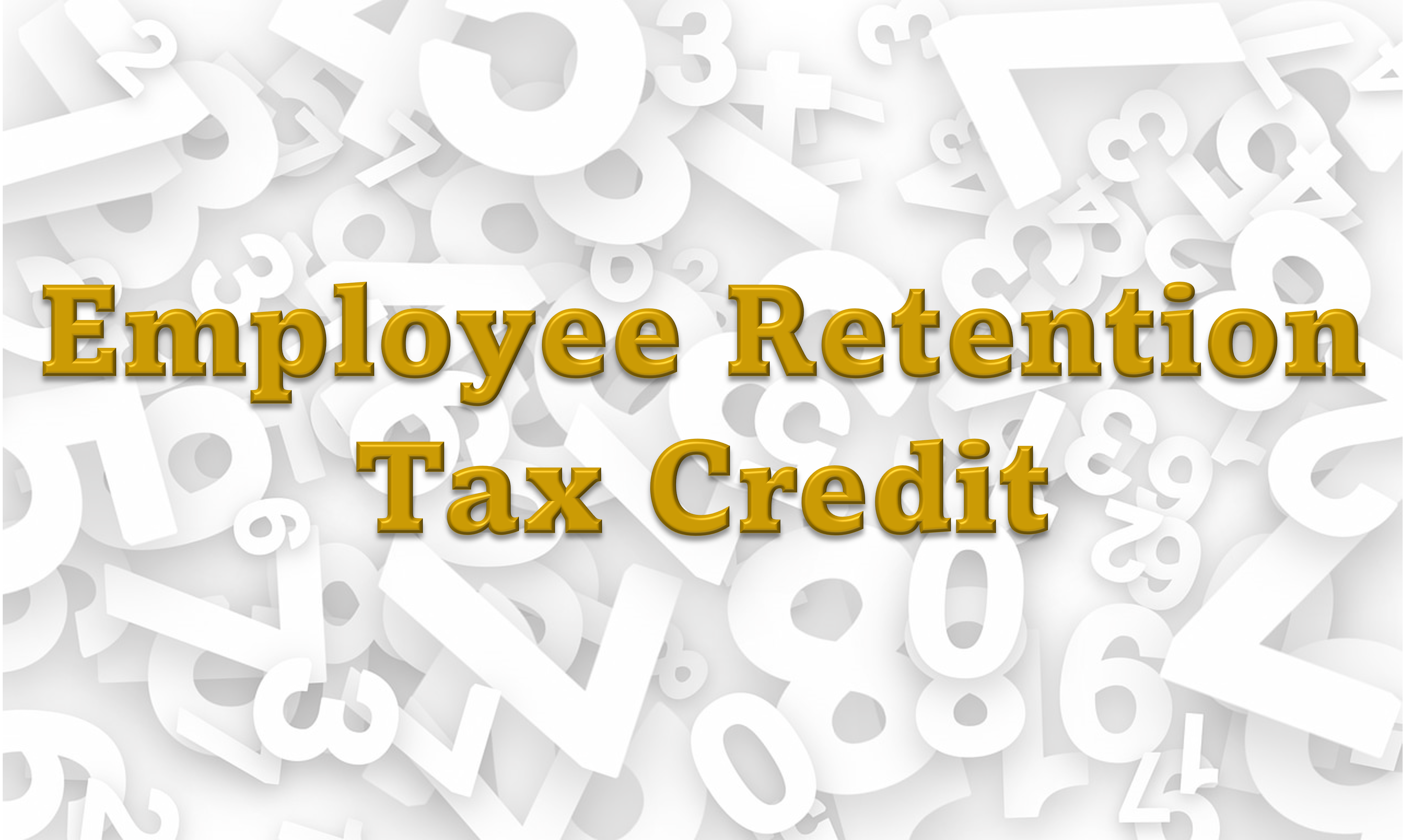The purpose of this article is to discuss the definition of leasehold improvements, qualified improvements and the depreciation method for tax purposes.
Leasehold improvements are major improvements or enhancements done by a tenant to make the leased property fit for his use. The examples of improvements can be:
- Installing furniture and fixture;
- Carpeting or tiling the space;
- Interior walls and ceilings;
- Major electrical and plumbing additions.
The leasehold improvements made by tenants are generally capitalized if they exceed the corporate capitalization threshold. Since the owner technically owns the improvements, the tenant classifies them as intangible assets and amortize them over their useful life or the remaining term of the lease, whichever is shorter. For the purpose of amortization, the effective lease period is extended if the lease provides a bargain priced renewal option or a penalty for failure to renew. If the tenant buys the property at the end of the lease term, then the improvements are amortized over the useful life of the building.
The Tax Cuts and Jobs Act (TCJA) replaced qualified leasehold improvement property to qualified improvement property (QIP), and defines that QIP placed in service is eligible for 100 percent bonus depreciation subject to conditions.
Per IRS code, QIP is any improvement to the interior portion of a building that is nonresidential real property if the following three conditions are satisfied:
- It must be made under a lease by the lessees, sub-lessee, or lessor of that portion
- The portion must be set for occupancy by the lessee or sublessee
- The improvement must be placed in service more than 3 years after the date the building was first placed in service.
QIP does not include any improvement for which the expenditure is attributable to the enlargement of the building, any elevator or escalator, any structural component benefitting a common area, or the internal structural framework of the building.
And under the new CARES Act, bonus depreciation (100% deductible) may be claimed retroactively for QIP placed in service in the 2018 and 2019 taxable years, which could result in tax refund by amending tax returns for these years.
We at A&C specialize in cost segregation methods of recording fixed assets and help clients in optimizing their tax benefits. If you need assistance regarding this topic, please reach out to us at (469) 467-4660, or info@ahujaclark.com.






